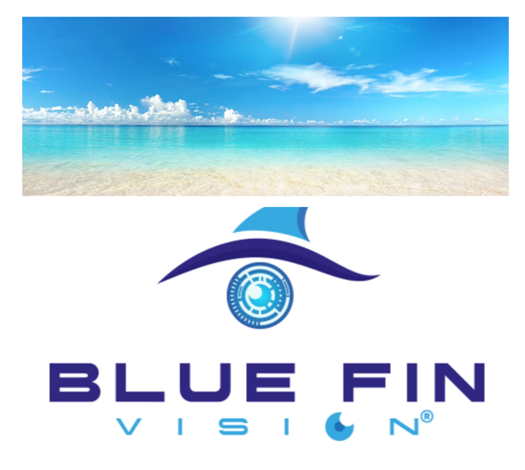Advancements in Laser Eye Surgery: What You Have to Know
Advancements in Laser Eye Surgery: What You Have to Know
Blog Article

Advancements in ophthalmology have changed just how we correct vision. From laser-based procedures to intraocular Lens options, individuals today have a wide variety of possibilities tailored with their individual aesthetic needs. Among the absolute most distinguished techniques are LASIK.Each procedure serves a specific purpose and is worthy of various age groups, Eye situations, and life style preferences.
Lens Replacement Surgery and Refractive Lens Exchange are directly related techniques applied primarily for persons over 40 who're experiencing presbyopia or are not perfect prospects for laser vision correction. In this technique, the organic Lens of the attention is replaced by having an artificial intraocular Lens (IOL) to enhance focus and lower dependence on cups or contact lenses. It is particularly very theraputic for individuals with high refractive errors or these looking for a long-term solution that also reduces the risk of future cataract development.
ICL Surgery involves the implantation of a smooth, variable Lens behind the iris and before the normal lens. Unlike Lens Replacement, ICL does not take away the normal Lens, rendering it a reversible procedure. It's highly suited to younger patients with thin corneas or people that have average to high examples of nearsightedness that are not excellent candidates for LASIK or PRK. One of the key features of ICL could be the preservation of corneal muscle, which is often vital for long-term ocular health.
Cataract Surgery is usually executed once the organic Lens becomes clouded, usually because of aging. During this method, the cloudy Lens is eliminated and replaced with a definite IOL. Scientific advances have built cataract surgery better, faster, and more accurate, frequently enhancing equally perspective quality and over all quality of life.
Laser Eye Surgery, including LASIK, remains certainly one of the most popular techniques for correcting refractive problems such as for example myopia, hyperopia, and astigmatism. LASIK requires reshaping the cornea utilizing a accurate laser to permit mild entering the attention to be precisely concentrated onto the retina. The results are on average immediate, and healing situations are short. LASIK is fantastic for patients with stable medications and adequate corneal thickness.
Selecting the most appropriate vision modification method is dependent upon several facets, including era, prescription, corneal health, life style, and particular expectations. A thorough Eye examination conducted with a competent ophthalmologist is vital in determining the absolute most appropriate therapy path.
In summary, modern perspective correction techniques are safe, efficient, and extremely customizable. Whether you are looking to eliminate your dependence on remedial contacts or handle age-related changes in vision, today's sophisticated medical options provide reliable and sustained results. With the right evaluation and advice, distinct perspective could be a reality for a wide range of individuals. Report this page